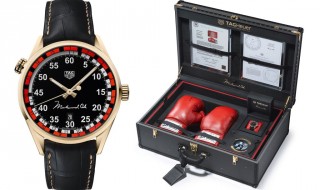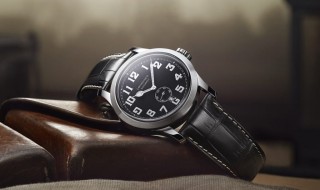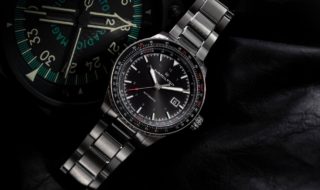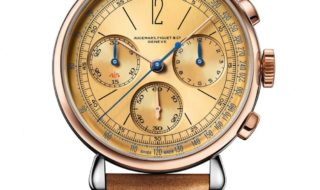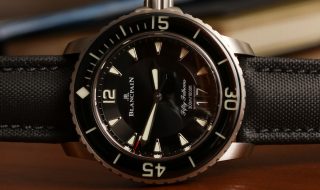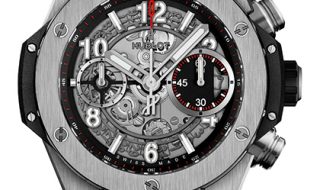The Truth About Replica Watches You Don’t Know

One of my favorite examples was from 2010 when about 7,000 replica Rolex watches were smooshed with a steamroller in front of press cameras as the culprit was sent to jail for six months. Most counterfeit goods aren’t given this treatment, and in reality this theatrical performance was done at the behest of concerned watch makers working in tandem with customs officials. 15-30% of internet searches on watches involve people looking for replicas. According to the Swiss watch industry, the replica watch market costs them billions of dollars each year, and efforts are made to confiscate fake watches and destroy them in spectacular ‘demonstrative’ ways.How big of a problem are replica watches and are they actually a substitute for the real thing?
The Watch Industry’s Sentiments
I don’t think that the message truly resonated with an English speaking audience, but it showed a serious effort on their behalf to pressure people into buying the real thing. I was at a dinner a few years ago where speaking before a large audience, a famous Swiss watch brand’s CEO measured the group’s annual success by indicating a large amount replica watches with their name on them having been seized at the Swiss border. A few years ago a consortium of high-end Swiss watch brands known as the Fondation de la Haute Horlogerie (FHH) began a publicity campaign with the message that “Fake Watches Are For Fake People.”Apparently the more fakes made, the more popular one’s brand is. It was a telling sign of a lighthearted approach to the issue. Why wasn’t he more concerned?
How Big Is The Problem?
It is just too difficult to catch them all. As the watch industry pours more money into marketing their goods all over the world, awareness of their products increase and thus demand.Working closely with customs officials in major markets, the luxury industry does play a large part in the successful seizure of fake goods. Though, very many still make it through to market. Having said that, by nature, luxury goods are just that and can be priced outside of what most people can afford.
The replica watch industry is a natural tangent of a market for items that are outside of the realm of affordability for most people. It has been that way for literally thousands of years as currency was among the first types of things that were faked. Fake watches exist to satisfy the desires of people who cannot afford “the real thing” but want to portray the same status symbols as those who can.
Walk down specific streets in major cities such as New York, Hong Kong, and Tokyo to find known “fake districts” where everything from replica sunglasses to timepieces are peddled to consumers looking to find them. Many people seem to be worried that they will somehow receive a fake watch when buying from a legitimate store or retailer. The odds of this are very slim. Fake watches are found in places where you expect to find a fake watch. Replica watches sold through more legitimate streams are relatively rare. If you are buying a watch via a kiosk on the street for $200, then you expect it to be fake. If you buy a watch from a respectable looking retailer for an amount within a few hundred dollars of retail, then it is real.
The Gray Market
People sometimes misunderstand the “gray market” to involve fake watches. This is wrong. Gray market watches are authentic watches sold outside of an authorized dealer. They can be used watches, or watches sold from an authorized dealer to a different dealer. Gray market watches may not always be in “brand new condition” (though most are), and you won’t get a factory warranty, but they aren’t fake. The reason it is called the gray market is because it sits between the white (authorized) market and the black (fake) market. Like I said, in virtually all instances, gray market retailers are not involved with the purchase or selling of counterfeit watches.
Why Are Fake Watches Illegal?
It is true that many people don’t quite know why fake watches are illegal, or that they are illegal. The problem with the FHH’s campaign of “Fake Watches Are For Fake People” is that the message totally skews what is wrong with fake watches. Fake watches are a poor purchase decision because they are unlawful and because they are usually crap.
Watch makers surprisingly don’t have copyright protection on the design of their watches. I am not going to get into a long intellectual property discussion, but the issue is that while designs are something you can protect, things that are “functional” need to be protected under patent law, not copyright. Patents filed long ago have since expired, or there is so much copying going on between brands, that nothing is “original” any longer. What brands can protect however is their name and logo. Those fall under trademark protection and cannot be copied legally. So what fakes are actually doing is illegally copying a name and logo, as well as other trademarked elements that are designed to tell people who made the watch.
The number of elements on any given watch that can be copied legally is surprisingly numerous. This is why even legitimate brands end up “flattering” each other by borrowing design elements all the time.
